The Simala Shrine, also referred to as the Simala Parish Church, is a revered Roman Catholic pilgrimage destination situated in Sibonga, Cebu. Its distinctive castle-like architecture sets it apart as one of the most captivating churches in Cebu, perhaps even the entire Philippines.
This sacred site draws a multitude of pilgrims and visitors on a daily basis due to its religious significance and for its magnificent architecture that looks like a castle straight out of a fairy tale.
Central to the shrine is the venerated image of Our Lady of Lindogon, which is held in high esteem for its perceived miraculous nature.The church is recognized by several other names including Mother Mary Castle Church, Birhen sa Simala, and Mama Mary Shrine of Simala, although its official title is the Monastery of the Holy Eucharist.
Location of Simala Shrine and How to Get There from Cebu City
The Simala Shrine is a few hours away from Cebu City in a town called Sibonga. To go to Simala Church from Cebu City, you have several options:
By bus from South Cebu Bus Terminal
- Head to the South Cebu Bus Terminal beside Elizabeth Mall (E-Mall) and ride a Ceres bus to Oslob or Liloan/Santander.
- Inform the conductor that you will get off at Simala Church and they will drop you off at the highway.
- The bus will not pass through the church itself so you will need to take a tricycle or habal-habal (motorcycle) from the highway to reach the church.
- Bus fare from Cebu City to Simala Church is approximately PHP 80 to PHP 100 per person.
- Tricycle or habal-habal fare is approximately PHP 20 per person.
- Travel time is about 1.5 to 2 hours, depending on the traffic situation.
By private transport
- You can prearrange a private transport from Cebu City all the way to Simala church.
- The cost will depend on the number of passengers and whether or not you’ll be passing through several other tourist destinations.
- This option provide flexibility for travelers but will cost higher.
- To book a private transportation from Cebu City via Klook, here are your options:
By tour package
- Tour packages are available that include visits to Simala Church as part of a larger tour of the region.
- These packages typically include transportation, hotel pick-up and drop-off, guided visit to the church and visits to other nearby attractions.
- You can check these tour packages via travel agencies in Cebu City or via their Facebook pages.
Simala Shrine’s History
The Simala Church, located in Sibonga, Cebu, holds a special place in the hearts of many Roman Catholic pilgrims. Constructed in 1998 by the Marian Monks of Eucharist Adoration, this church was specifically built to enshrine the Marian Shrine, a revered image of the Virgin Mary.
What makes Simala Church particularly noteworthy is its connection to reported miraculous events, especially during the late ’90s outbreak of dengue fever. It is said that individuals suffering from the disease experienced healing after visiting the church, contributing to its growing popularity. The site has gained renown for its association with miraculous healings. Stories of people experiencing remarkable recoveries have spread far and wide, adding to the church’s allure.
In 1998, the local visionary Lindy Guillema claimed to have had visions of the Blessed Virgin Mary at Simala Church. This revelation drew even more attention from the faithful, solidifying the church’s status as a pilgrimage site with spiritual significance.
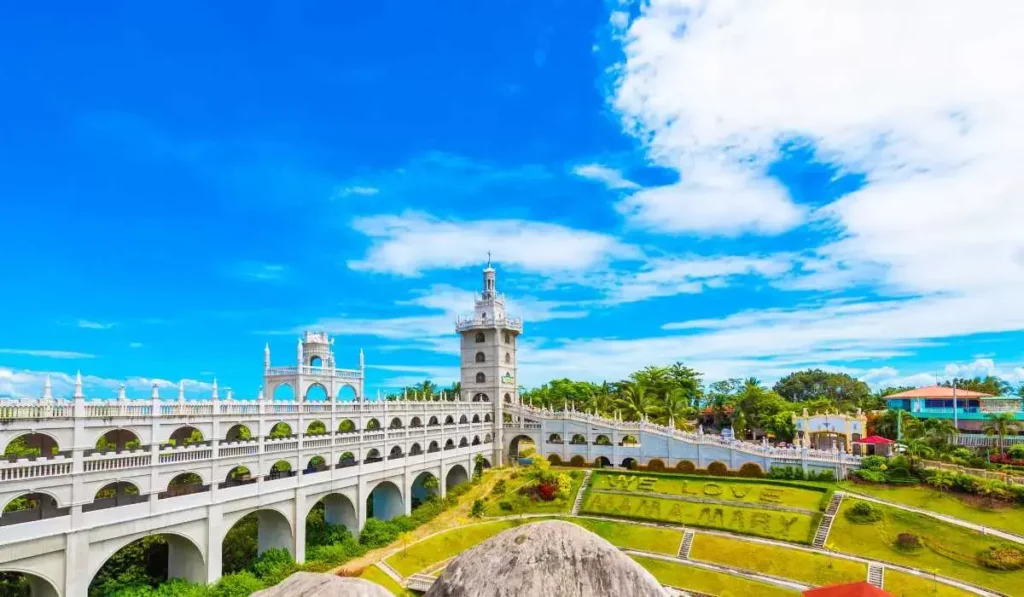
The church’s unique castle-like structure sets it apart from other historical churches in the country. The landscaped gardens and a fountain further enhance the beauty of the surroundings. The combination of the castle-like design and the lush green gardens creates a breathtaking sight for visitors. The intricate architecture and the beautiful scenery outside leave a lasting impression on those who visit the church.
The Simala Church is still under construction, with donations from worshippers and sales from the souvenir shop and candle-lighting contributing to its ongoing development. The church’s uphill location was intentionally designed for visitors to take a penitential walk before entering the church. As you ascend the steps, you will be greeted by the enormous structure and the vibrant green gardens below. You will also notice bushes that have been carefully trimmed to spell out “WE LOVE MAMA MARY.”
Simala Church’s Architecture
The Simala Shrine’s architecture is a unique blend of Spanish and Byzantine styles, which is evident in its intricate details, vibrant colors, and towering facade. The church’s design is a testament to the rich cultural heritage of the Philippines, which has been shaped by centuries of Spanish colonization and Byzantine influence.
The church’s facade is a towering structure that features intricate carvings and details, which are reminiscent of Spanish Baroque architecture. The vibrant colors used in the church’s design are also a hallmark of Spanish architecture, which often features bright hues and bold patterns.
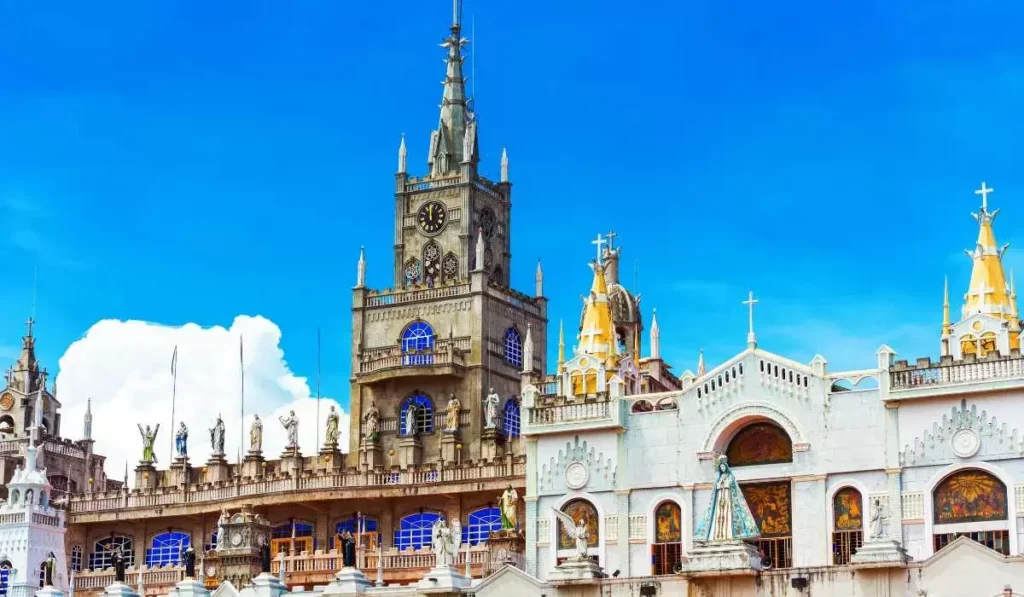
The Byzantine influence on the church’s architecture is evident in its dome-shaped roof and the use of mosaics and frescoes. Byzantine architecture is known for its use of intricate mosaics and frescoes, which are often used to depict religious scenes and figures.
The combination of Spanish and Byzantine styles in the Simala Shrine’s architecture creates a unique and captivating design that sets it apart from other churches in the Philippines. The intricate details, vibrant colors, and towering facade of the church make it a popular destination for tourists and devotees alike. The church’s architecture is a testament to the enduring influence of religion and culture on the Philippines, and it serves as a reminder of the country’s rich history and heritage.
Our Lady of Lindogon
Our Lady of Lindogon is the image of the Virgin Mary that is housed in Simala Church. This image is believed to be miraculous by devotees of the Virgin Mary, and it has become a sacred place of pilgrimage for the faithful.
In 1998, a reported miracle occurred when a replica statue of the Virgin Mary was seen crying and shedding tears of blood on her birthday, September 8th. This event led to the healing of those afflicted with dengue in the area, further contributing to the devotion and dedication of the people to Our Lady of Lindogon.
The image of Our Lady of Lindogon is believed to have healing powers, and many visitors to the shrine have reported experiencing miraculous healings after praying to the Virgin Mary. The devotion to Our Lady of Lindogon has become a significant part of the culture and traditions of the people in the area, with many visiting the shrine for personal and spiritual reasons. The image of the Virgin Mary has become a symbol of hope and faith for the people, and the shrine continues to attract visitors from all over the world.
What is the opening hours and mass schedule?
Opening hours: The Simala Shrine is open from 8:00 AM to 6:00 PM daily.
Mass schedule: Masses are held daily at the Simala Shrine. The schedule of masses is as follows:
- Monday to Friday: 12:00 noon
- Saturday: 10:30 am
- Sunday: 12:00 nn and 3:30 pm
- Every 13th of the month: 10:30 am and 3:30 pm
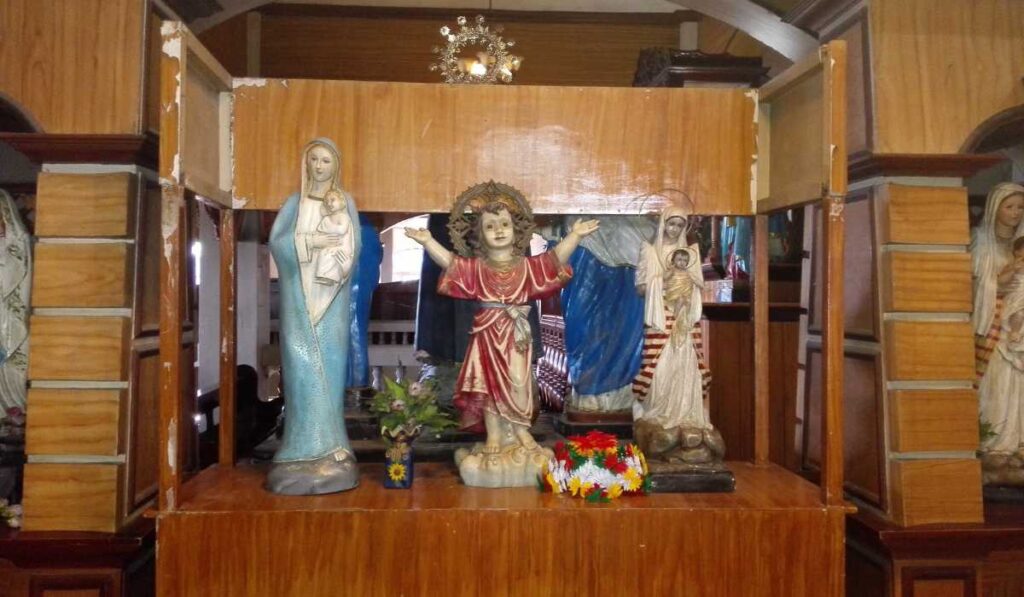
Best time to visit: The best time to visit Simala Church is on weekdays, as it can be crowded on weekends and the 13th of the month. It is recommended to wear appropriate dress and to be mindful of your behavior while visiting the church.
Activities: Upon entering the church, visitors can participate in various activities, such as attending mass, lighting candles, and buying souvenirs. The church is still a work in progress, and donations from worshippers and sales from the souvenir shop and candle-lighting help with its continuing construction. Visitors can also explore the different areas of the church, such as the image of the Virgin Mary, the kneelers, and the various images of Mary displayed.
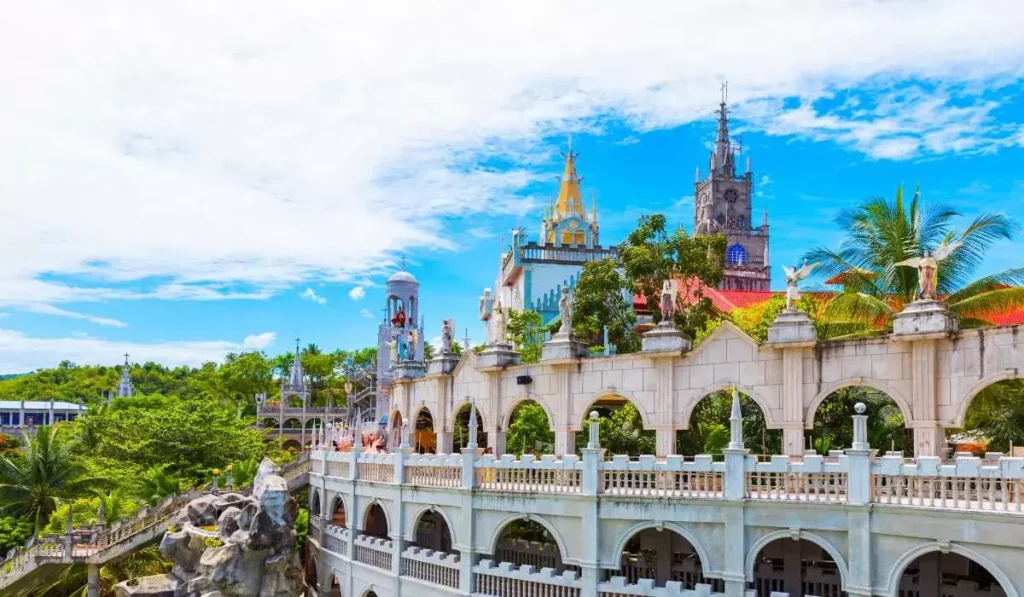
Annual Feast
The annual feast of the Simala Shrine is a highly anticipated event that takes place on September 8, which is the birthday of the Blessed Virgin Mary. This celebration is a significant occasion for the Roman Catholic community in the Philippines, and it draws thousands of devotees from different parts of the country. The feast is a time for prayer, reflection, and thanksgiving, as well as an opportunity for devotees to express their devotion to the Blessed Virgin Mary.
During the feast, the Simala Shrine is adorned with colorful decorations, and the atmosphere is filled with joy and excitement. The church holds special masses and processions, and the image of Our Lady of Lindogon is displayed for veneration. Devotees offer flowers, candles, and prayers to the Blessed Virgin Mary, seeking her intercession for their intentions.
The annual feast of the Simala Shrine is not only a religious event but also a cultural one. It is an occasion for people from different parts of the country to come together and celebrate their faith and culture. The feast is a testament to the enduring devotion of the Filipino people to the Blessed Virgin Mary, and it is a reminder of the important role that religion plays in the lives of many Filipinos.
Lighting a Candle in Simala Church
In the Simala Shrine, candles hold significant meaning and are used for various purposes. Here are some of the meanings and uses of candles in the Simala Church:
1. Giving thanks: Lighting a candle is a sign of giving thanks and expressing gratitude to God for blessings received.
2. Prayer: Candles are used during prayer and meditation, providing a focus for the mind and heart as individuals seek guidance and strength from God.
3. Penance and sacrifice: During Advent and Lent, violet candles are used to indicate the time of prayer, penance, and sacrifice.
4. Miracles: The Simala Shrine is known for its miraculous healings and intercessions, and candles are often lit as a symbol of faith and hope in these miracles.
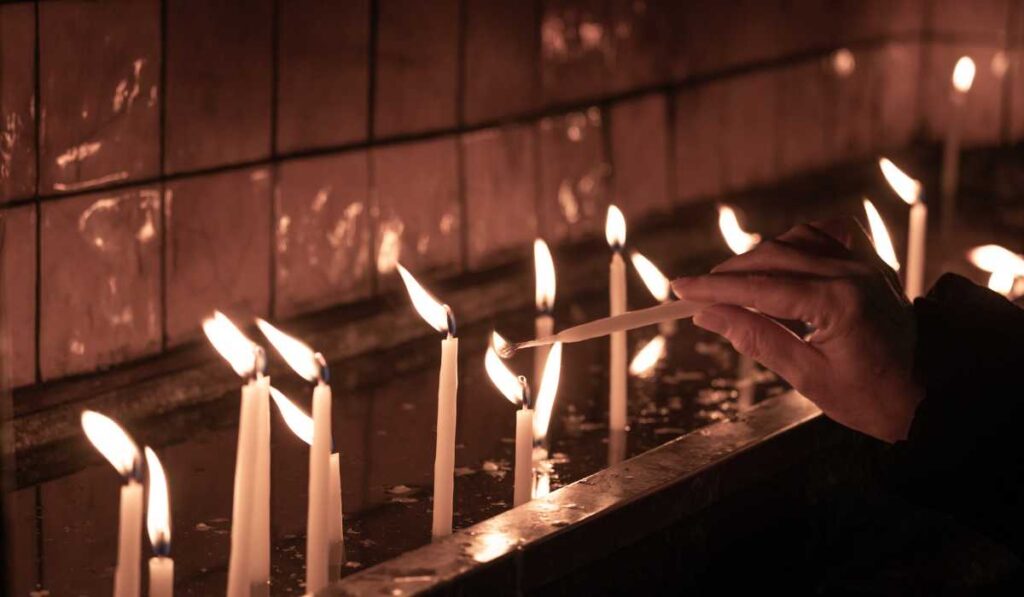
Candles in Simala Shrine also come in different colors, each with its own meaning and purpose. Some common colors and their meanings include:
- Gold: Healing (good health, recovery, psychological and spiritual wounds)
- Cream: Faith (convert ungodly people, heresy)
- Violet: Achievement (dreams in life, travel goals)
- Green: Prosperity and success (school activities, financial and business)
- Brown: Vocation (marriage, single blessedness, priesthood, consecrated life)
- Gray: Deliverance (evil spirits, bad ways, things, spirits in the home)
- Red: Love (family, relationships, friendship, engagements, marriage)
- Orange: Reconciliation (enemies, quarrel among the family, spouse)
- Yellow: Peace (praying for your enemies, harmony in the family, courage, strength, hope)
- Blue: Perseverance (mission, assignments, work, employment, career)
- Pink: Thanksgiving and happiness (blessings)
- Black: Souls (praying for deceased loved ones, for souls in purgatory, forgiveness, pardon)
- White: Purity and guidance (enlightenment, right path)
Frequently Asked Questions about Simala Shrine
What are the nearby accommodations?
There is only one accommodation that I know of near Simala Shrine. You can check their facebook page here: St. Catherine Hotel and Restaurant
What is the dress code in Simala Church?
Visitors are advised to dress modestly and respectfully when visiting the Simala Shrine. The dress code at the Simala Church is modest and adheres to the reverence of the religious site. Visitors are advised to dress appropriately, and the following guidelines are typically enforced:
- Shorts, short skirts (must be below the knees), sleeveless attire, cropped tops, and tube tops are not allowed for both men and women.
- Men are expected to wear pants or jeans and a decent shirt, while women are encouraged to wear modest and non-revealing clothing.
- Visitors are not allowed to wear dresses above the knee.

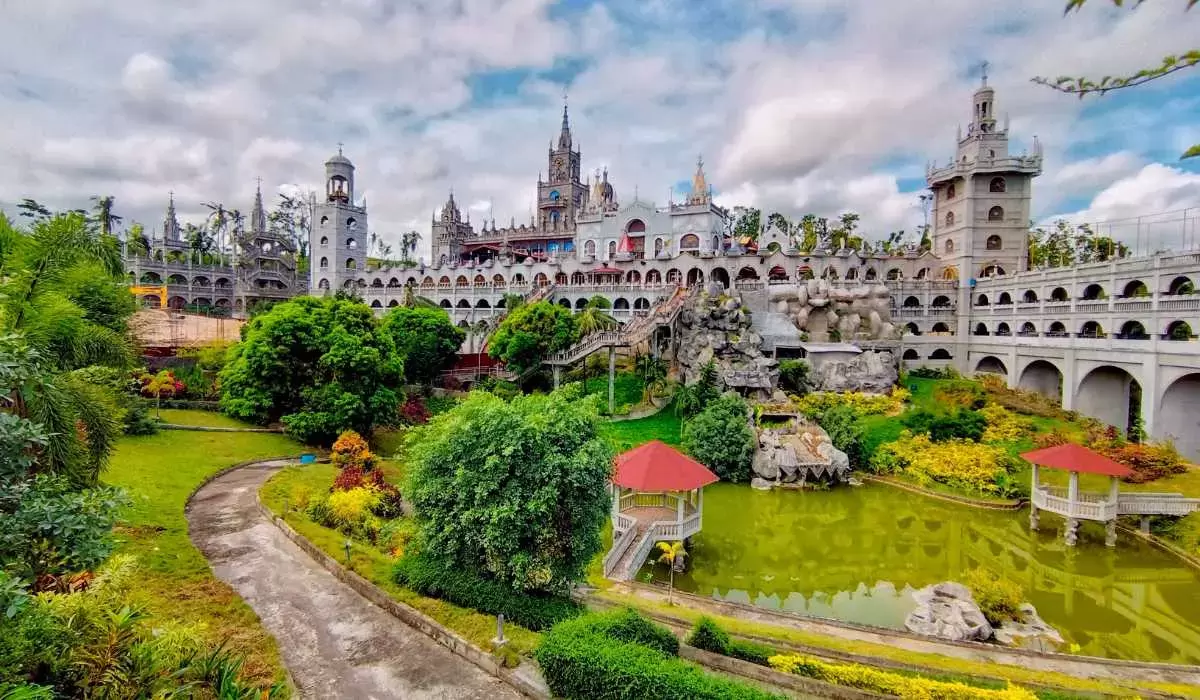
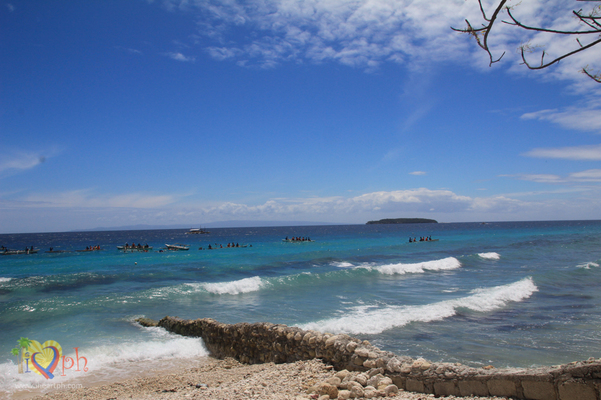
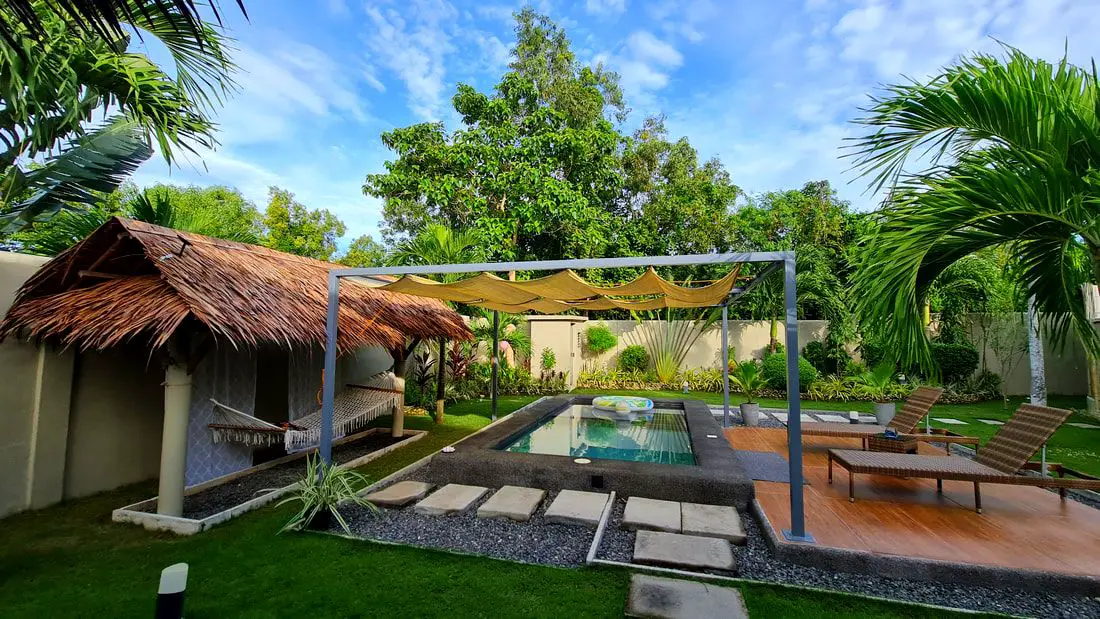
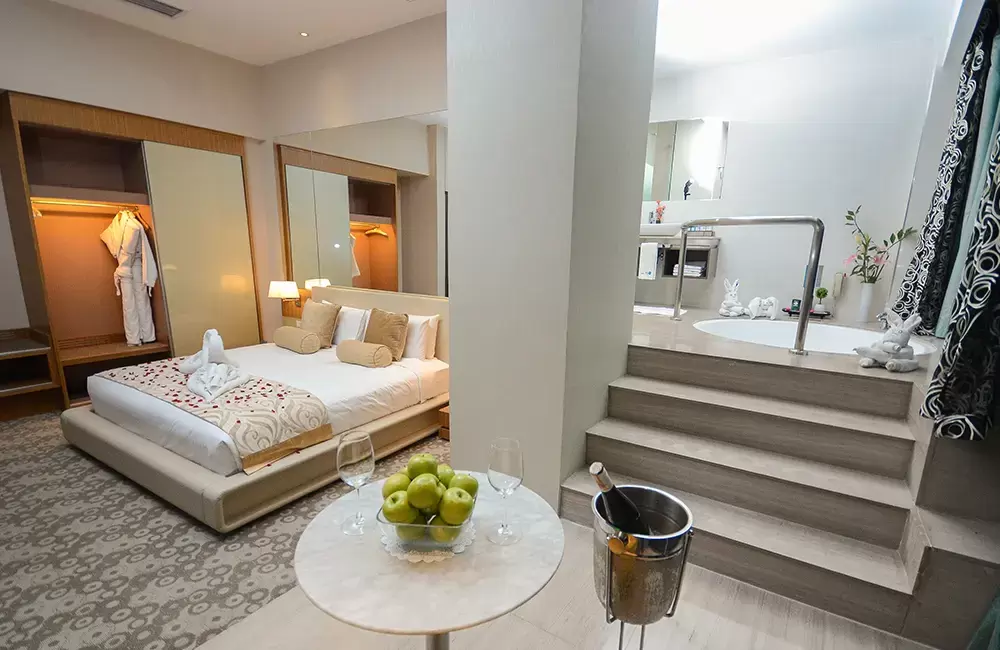
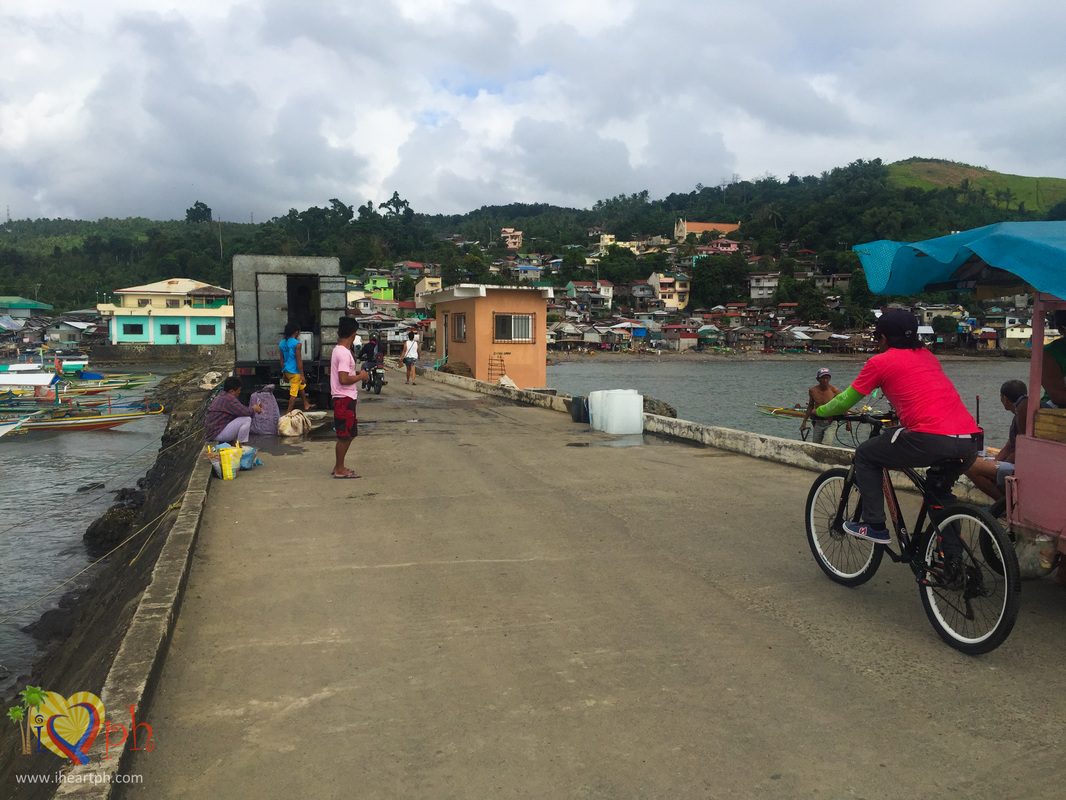
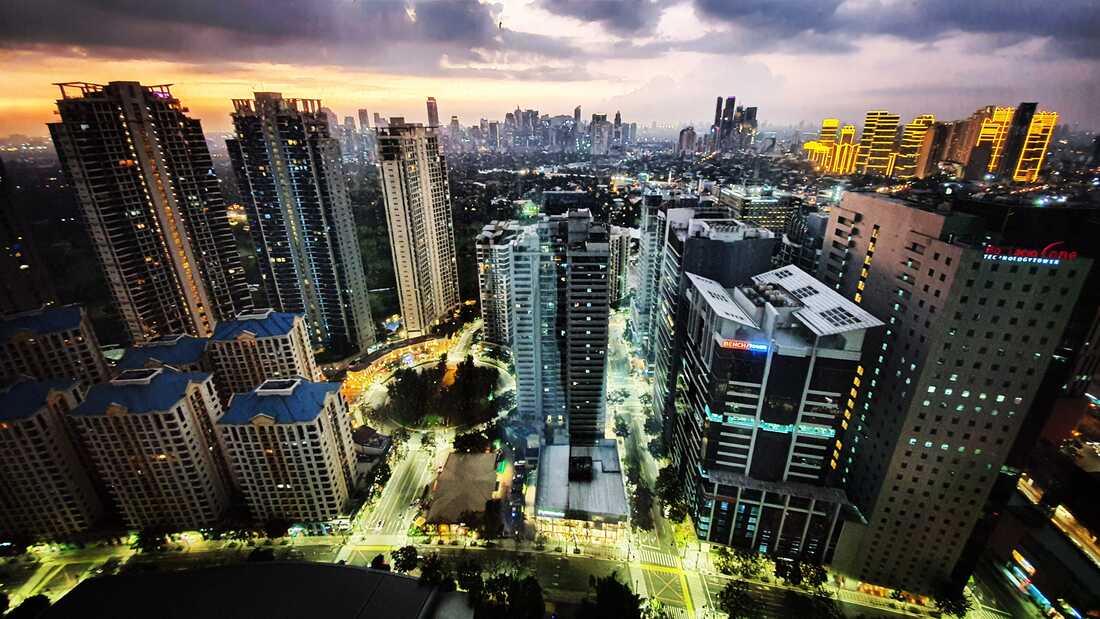

Leave a Reply